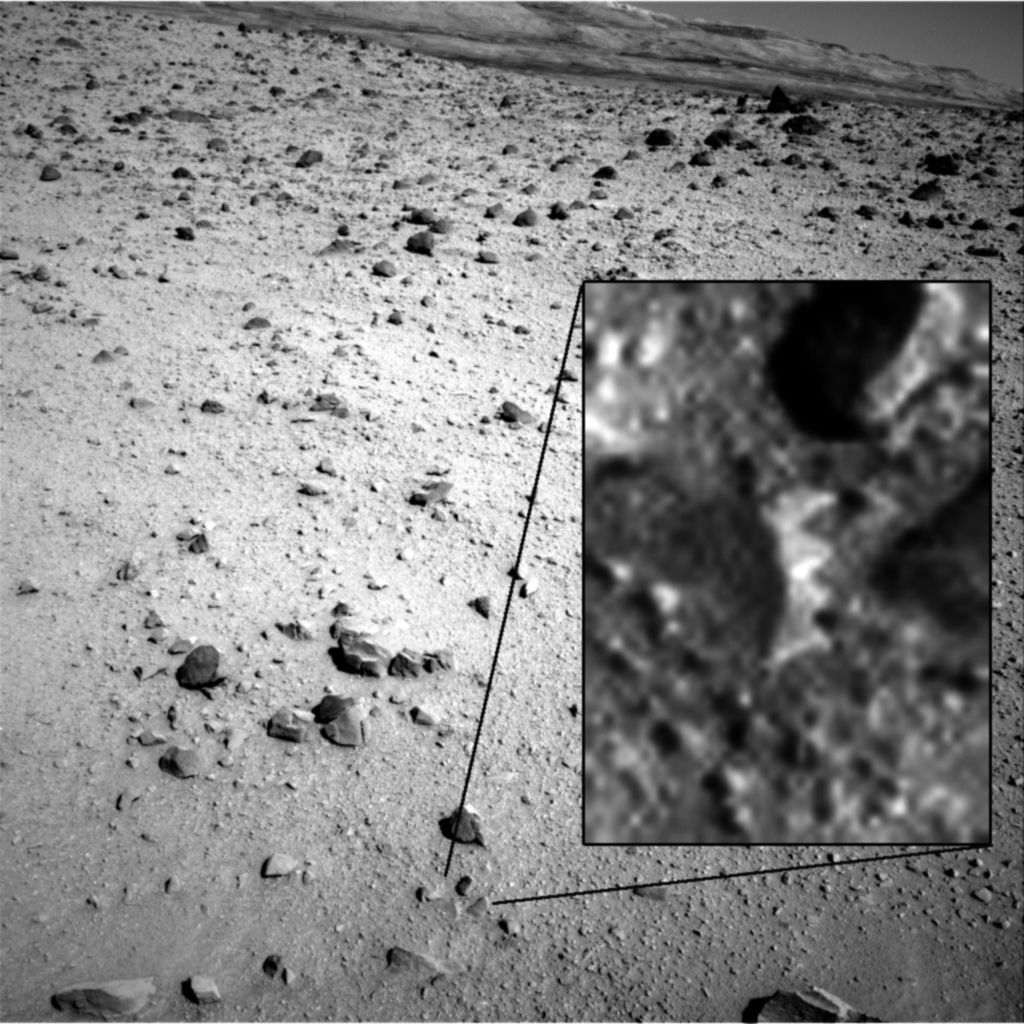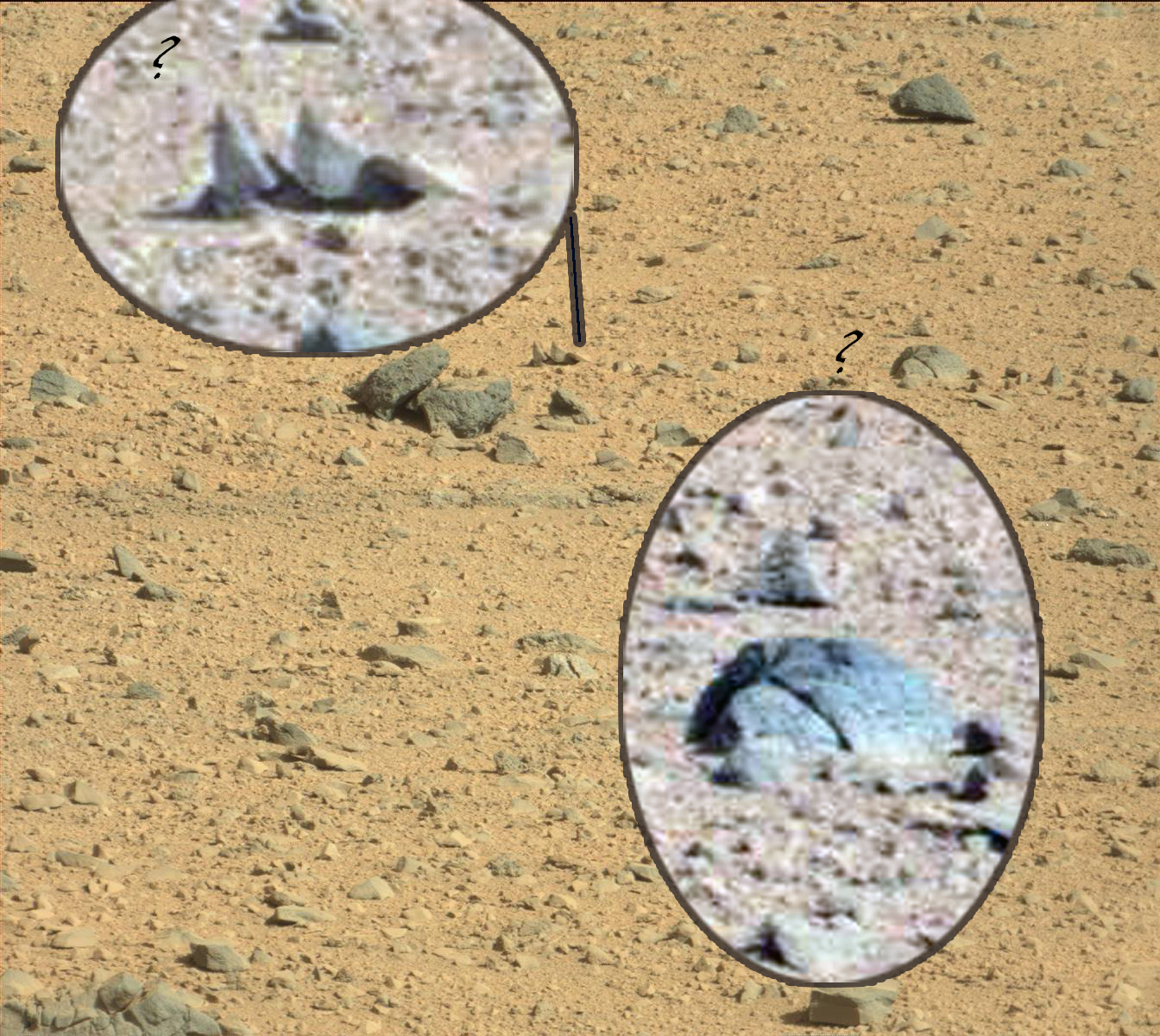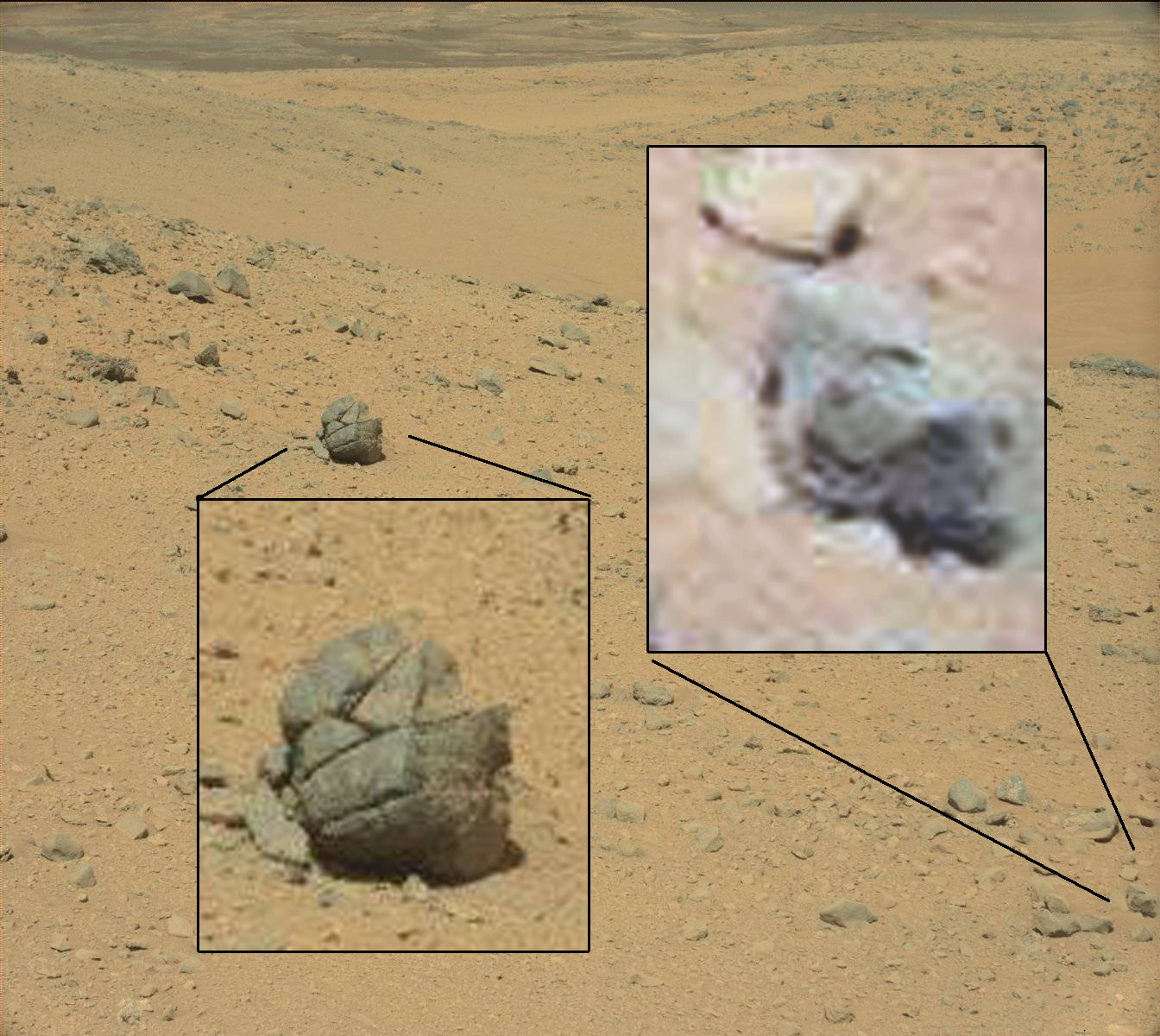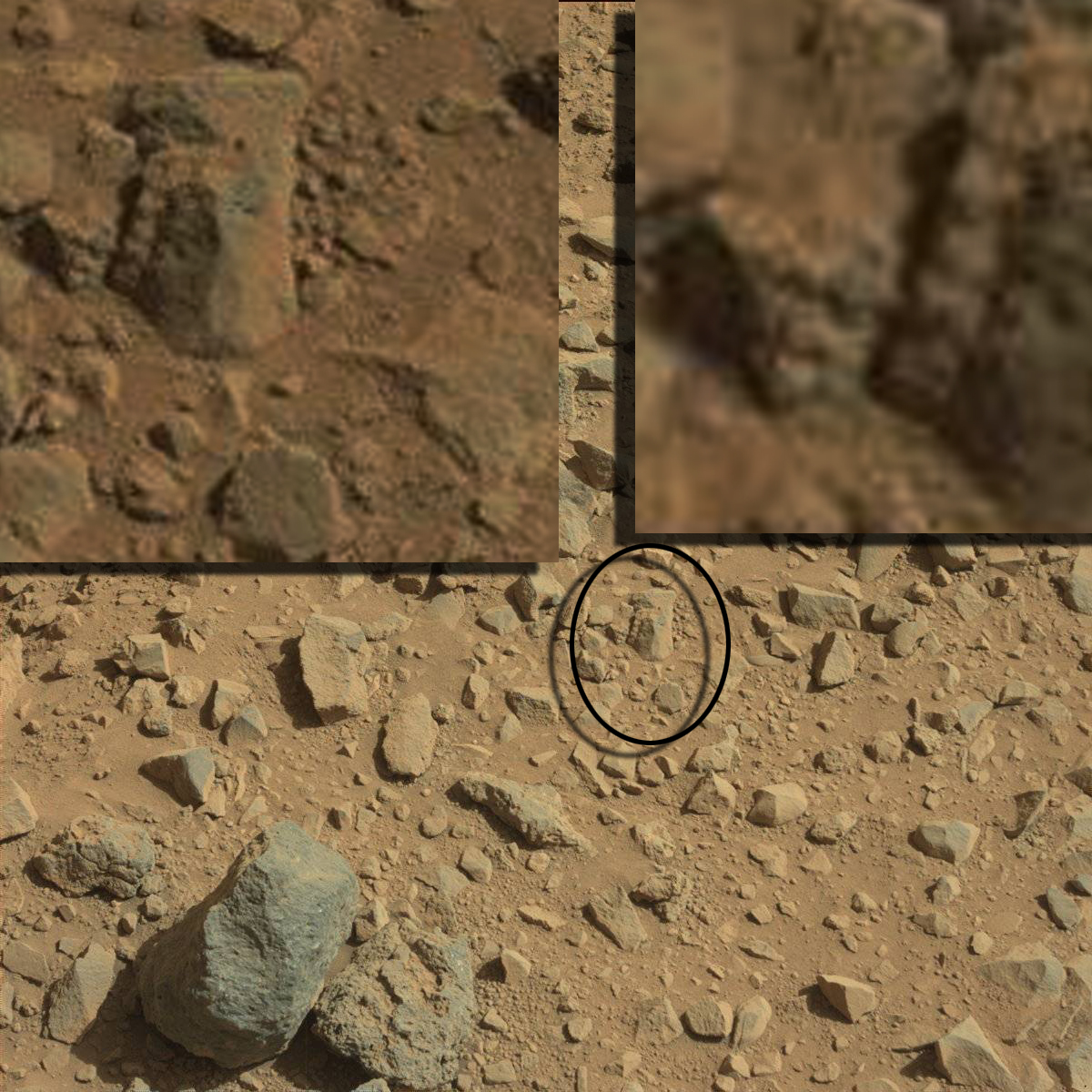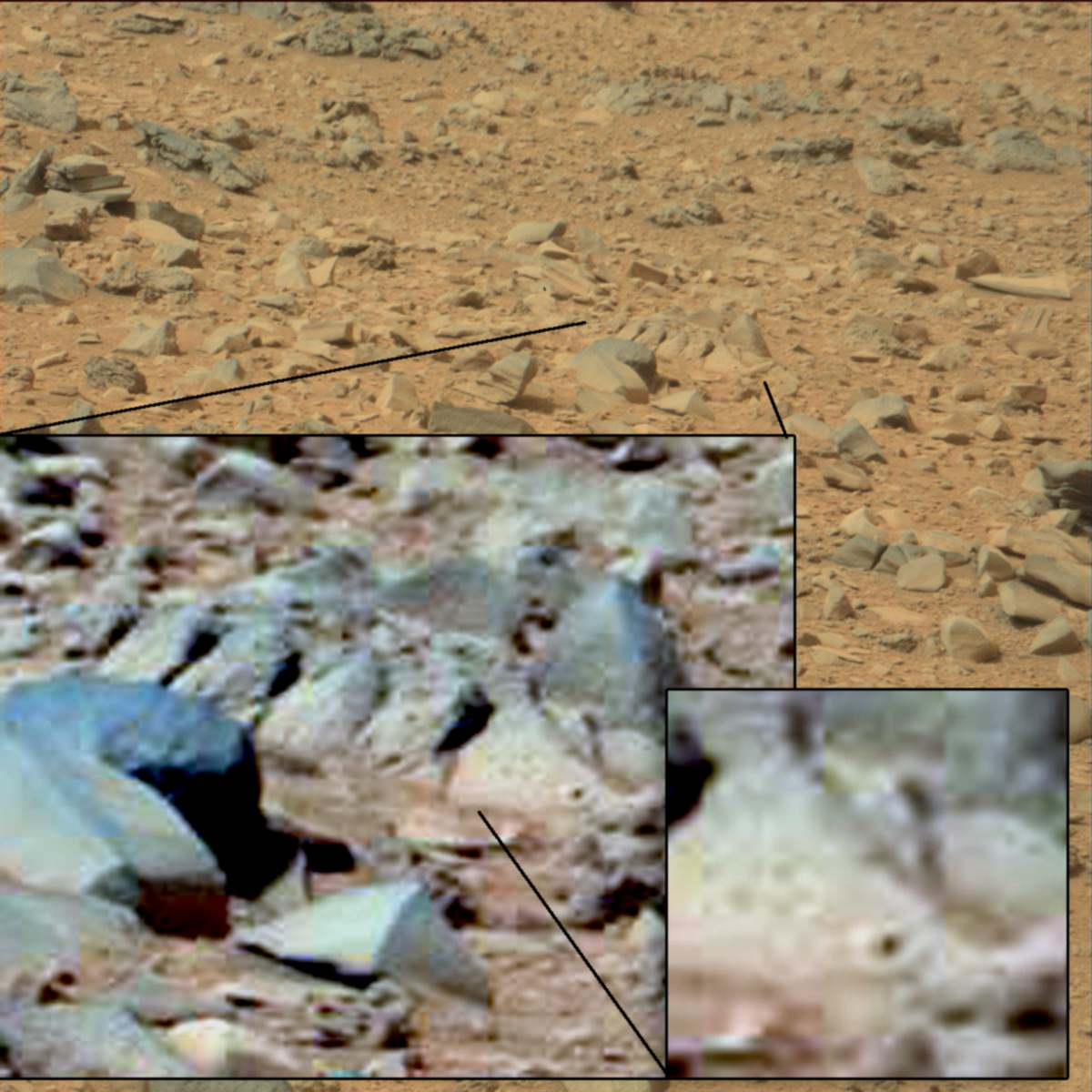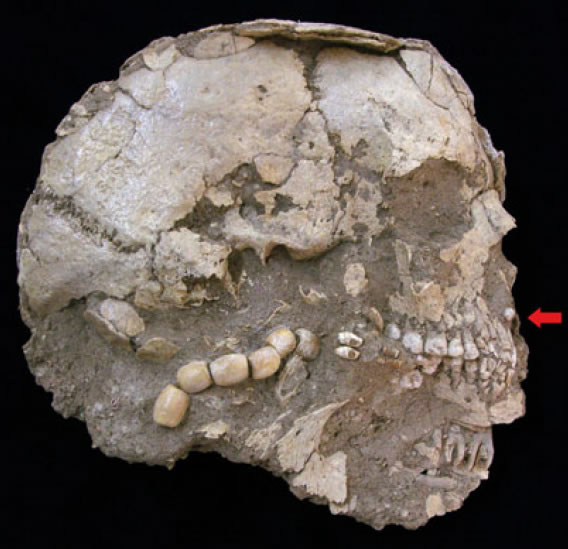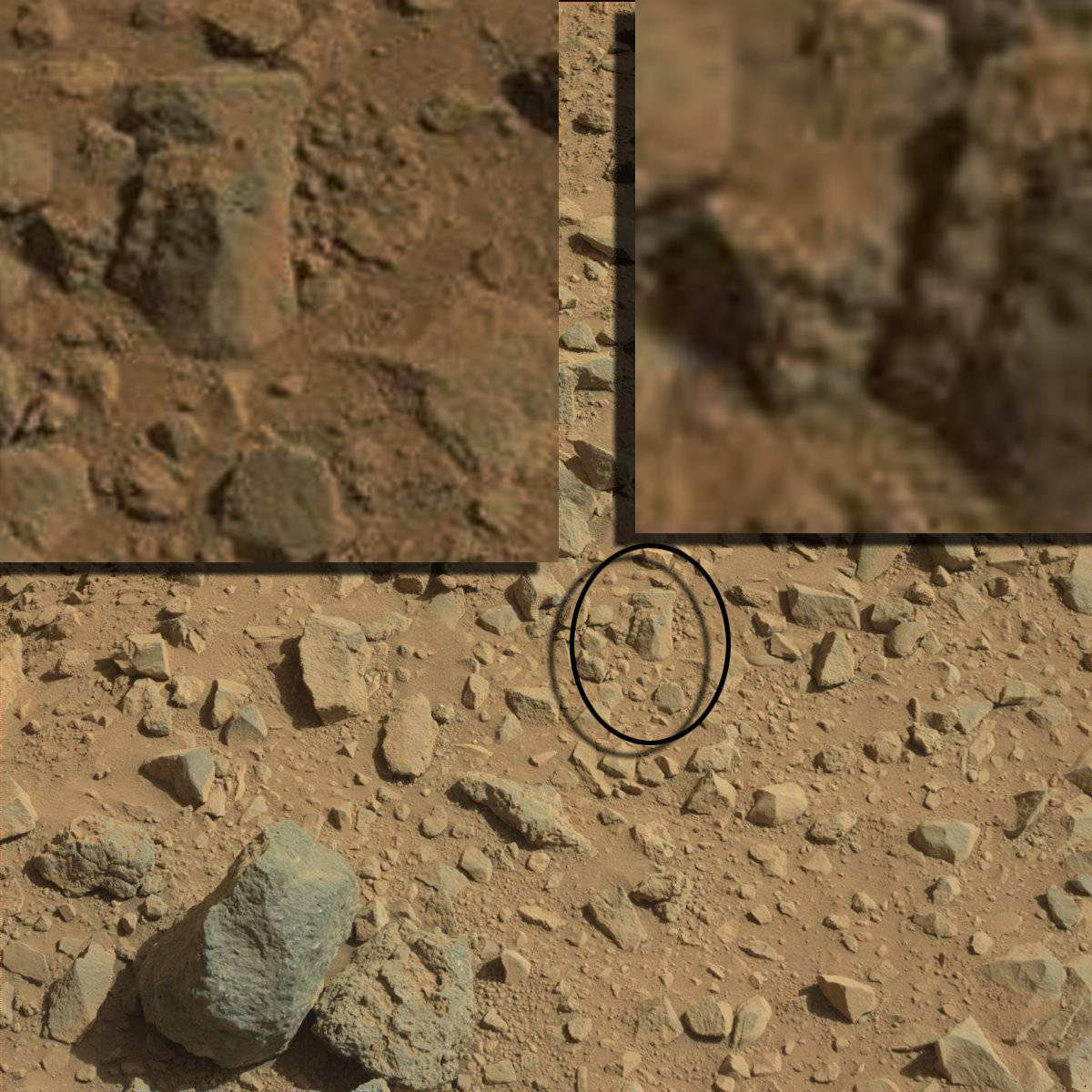It looks like you're using an Ad Blocker.
Please white-list or disable AboveTopSecret.com in your ad-blocking tool.
Thank you.
Some features of ATS will be disabled while you continue to use an ad-blocker.
share:
originally posted by: funbox
a reply to: ArMaP
no ,proffer it up as an explaination to why the thing is of varying material's to the centre
youve read the body of text , what nuggets of info do you digest ?
Maybe because they do not really know why.
to me it reads 95% fluff of repeated non relevant information
They said the main components of the rock and a possible way for their presence, what more do you want?
a reply to: ArMaP
nothing wrong with them typing that either
interesting to think that one of the most interesting things they've found so far has such little said about it,
more?
hmm let me see
funbox
Maybe because they do not really know why.
nothing wrong with them typing that either
They said the main components of the rock and a possible way for their presence, what more do you want?
interesting to think that one of the most interesting things they've found so far has such little said about it,
more?
hmm let me see
funbox
originally posted by: funbox
nothing wrong with them typing that either
They're human, they don't like to admit their ignorance.
interesting to think that one of the most interesting things they've found so far has such little said about it,
One of the most interesting things? I don't think so.
a reply to: ArMaP
even if it was a geode ?
ide bet you would be happy with a find like that
finding something rock like yet hollow must be of interest from a geological point of view too , are they regularly found on the *mars*surface/ bottom of old lakes on earth?
funbox
even if it was a geode ?
ide bet you would be happy with a find like that
finding something rock like yet hollow must be of interest from a geological point of view too , are they regularly found on the *mars*surface/ bottom of old lakes on earth?
funbox
a reply to: ArMaP
even if it was a geode ?
ide bet you would be happy with a find like that
finding something rock like yet hollow must be of interest from a geological point of view too , are they regularly found on the *mars*surface/ bottom of old lakes on earth?
funbox
even if it was a geode ?
ide bet you would be happy with a find like that
finding something rock like yet hollow must be of interest from a geological point of view too , are they regularly found on the *mars*surface/ bottom of old lakes on earth?
funbox
edit on 11-7-2015 by funbox because: double trouble
a reply to: Phage
hence the question .. whats type of environments do geode's develop in ? would this potential Geode be indicative to what's happening/ happened to Mars's surface .. dont tell me you wouldnt blink an eye if we where to start seeing stalagmites on the surface ?
funbox
hence the question .. whats type of environments do geode's develop in ? would this potential Geode be indicative to what's happening/ happened to Mars's surface .. dont tell me you wouldnt blink an eye if we where to start seeing stalagmites on the surface ?
funbox
edit on 11-7-2015 by funbox because: keyboard conundrum
a reply to: funbox
en.wikipedia.org...
We know the area in which the MSL now abides has many sedimentary features. A geode would be interesting because they are cool but probably not very surprising.
whats type of environments do geode's develop in
Geodes (Greek γεώδης - ge-ōdēs, "earthlike") are geological secondary structures which occur in certain sedimentary and volcanic rocks. They are themselves of sedimentary origin formed by chemical precipitation. Geodes are essentially hollow, vaguely spheroid to oblate masses of mineral matter that form via either of two processes:
by the filling of vesicles (gas bubbles) in volcanic to sub-volcanic rocks by minerals deposited from hydrothermal fluids or
by the dissolution of sedimentary nodules or concretions (that were deposited syngenetically within the rock formations in which they are found) and partial filling by the same or other minerals precipitated from diagenetic water, groundwater or hydrothermal fluids.
en.wikipedia.org...
We know the area in which the MSL now abides has many sedimentary features. A geode would be interesting because they are cool but probably not very surprising.
originally posted by: funbox
a reply to: ArMaP
even if it was a geode ?
Yes.
ide bet you would be happy with a find like that
I would, but I am happy with almost any kind of rock, that's why I brought home a cobble stone from each one of the types they use (granite, basalt and black limestone), except the most common limestone.
finding something rock like yet hollow must be of interest from a geological point of view too , are they regularly found on the *mars*surface/ bottom of old lakes on earth?
Some geodes are made in the conditions that are supposed to have been present some thousands of years ago on that place, a sedimentary area with water.
a reply to: ArMaP
i wonder how many broken ankles there's been because of your shinanigans ?
so there formation is not effected by the daily tempreture inversions then ? or does it help along the path to crystalization ?
funbox
i wonder how many broken ankles there's been because of your shinanigans ?
Some geodes are made in the conditions that are supposed to have been present some thousands of years ago on that place, a sedimentary area with water.
so there formation is not effected by the daily tempreture inversions then ? or does it help along the path to crystalization ?
funbox
edit on 11-7-2015 by funbox because: wolves steel the cobblestones , and go on a smash and grab
a reply to: Phage
they drilled into it didnt they ?
or where they just guessing from the colour ?
i mean if these holes on *insertname* arnt drill holes
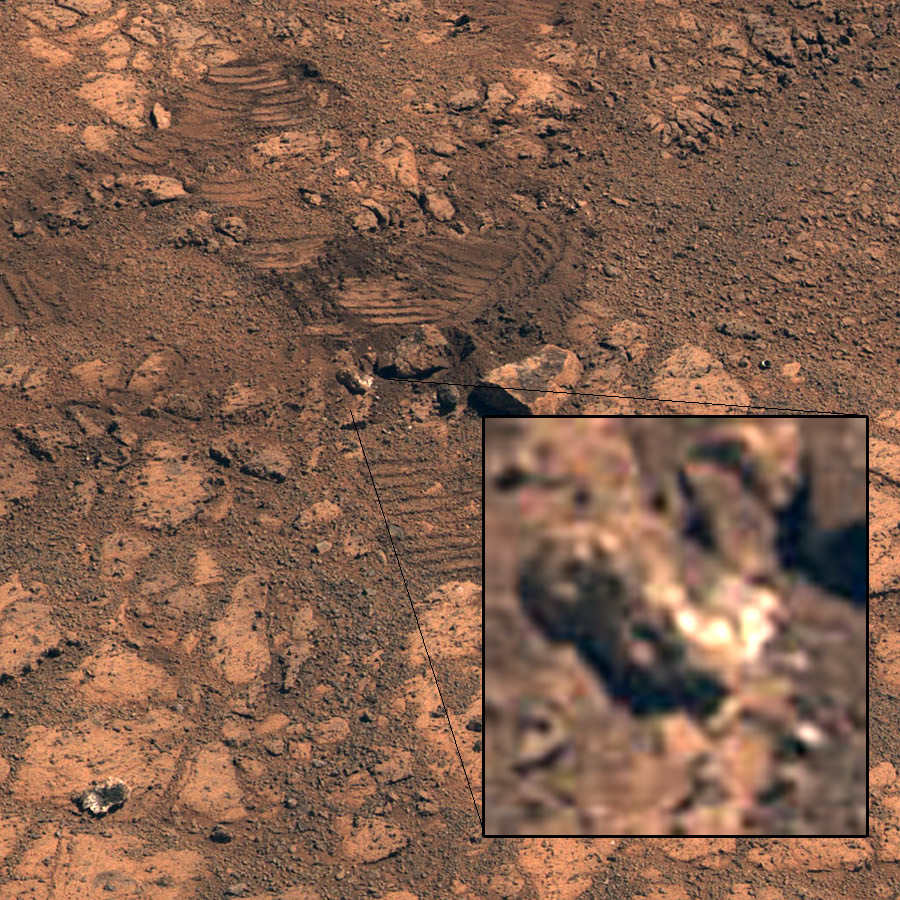
then its starts to lose it appearance of a geode to me , thats if its not a clam shell of course
funbox
they drilled into it didnt they ?
Examination of Pinnacle Island revealed high levels of elements such as manganese and sulfur, suggesting these water-soluble ingredients were concentrated in the rock by the action of water
or where they just guessing from the colour ?
i mean if these holes on *insertname* arnt drill holes

then its starts to lose it appearance of a geode to me , thats if its not a clam shell of course
funbox
edit on 11-7-2015 by funbox because: added txt pic ,tadd of wolf hair... of hag , lotus flower , a smidgin of salt
new topics
-
'Mass Casualty event' - Attack at Christmas market in Germany
Mainstream News: 7 hours ago -
Search to Resume for MH 370
Disaster Conspiracies: 9 hours ago -
Sue Gray, Sir Keir Starmer's former Chief of Staff, Nominated for Peerage
Regional Politics: 11 hours ago
top topics
-
'Mass Casualty event' - Attack at Christmas market in Germany
Mainstream News: 7 hours ago, 24 flags -
Biden Nationalizes Another 50,000+ Student Loans as He Heads for the Exit
US Political Madness: 12 hours ago, 8 flags -
Search to Resume for MH 370
Disaster Conspiracies: 9 hours ago, 4 flags -
Sue Gray, Sir Keir Starmer's former Chief of Staff, Nominated for Peerage
Regional Politics: 11 hours ago, 3 flags
active topics
-
An Interesting Conversation with ChatGPT
Science & Technology • 25 • : Naftalin -
'Mass Casualty event' - Attack at Christmas market in Germany
Mainstream News • 74 • : 777Vader -
On Nov. 5th 2024 - AMERICANS Prevented the Complete Destruction of America from Within.
2024 Elections • 161 • : WeMustCare -
Can someone 'splain me like I'm 5. Blockchain?
Science & Technology • 92 • : cherokeetroy -
Drone Shooting Arrest - Walmart Involved
Mainstream News • 39 • : 777Vader -
Search to Resume for MH 370
Disaster Conspiracies • 6 • : charlyv -
Mood Music Part VI
Music • 3751 • : lilzazz -
Biden Nationalizes Another 50,000+ Student Loans as He Heads for the Exit
US Political Madness • 13 • : Connector -
-@TH3WH17ERABB17- -Q- ---TIME TO SHOW THE WORLD--- -Part- --44--
Dissecting Disinformation • 3769 • : 777Vader -
US Federal Funding set to Expire December 20th. Massive CR on the way.
Mainstream News • 64 • : WeMustCare


